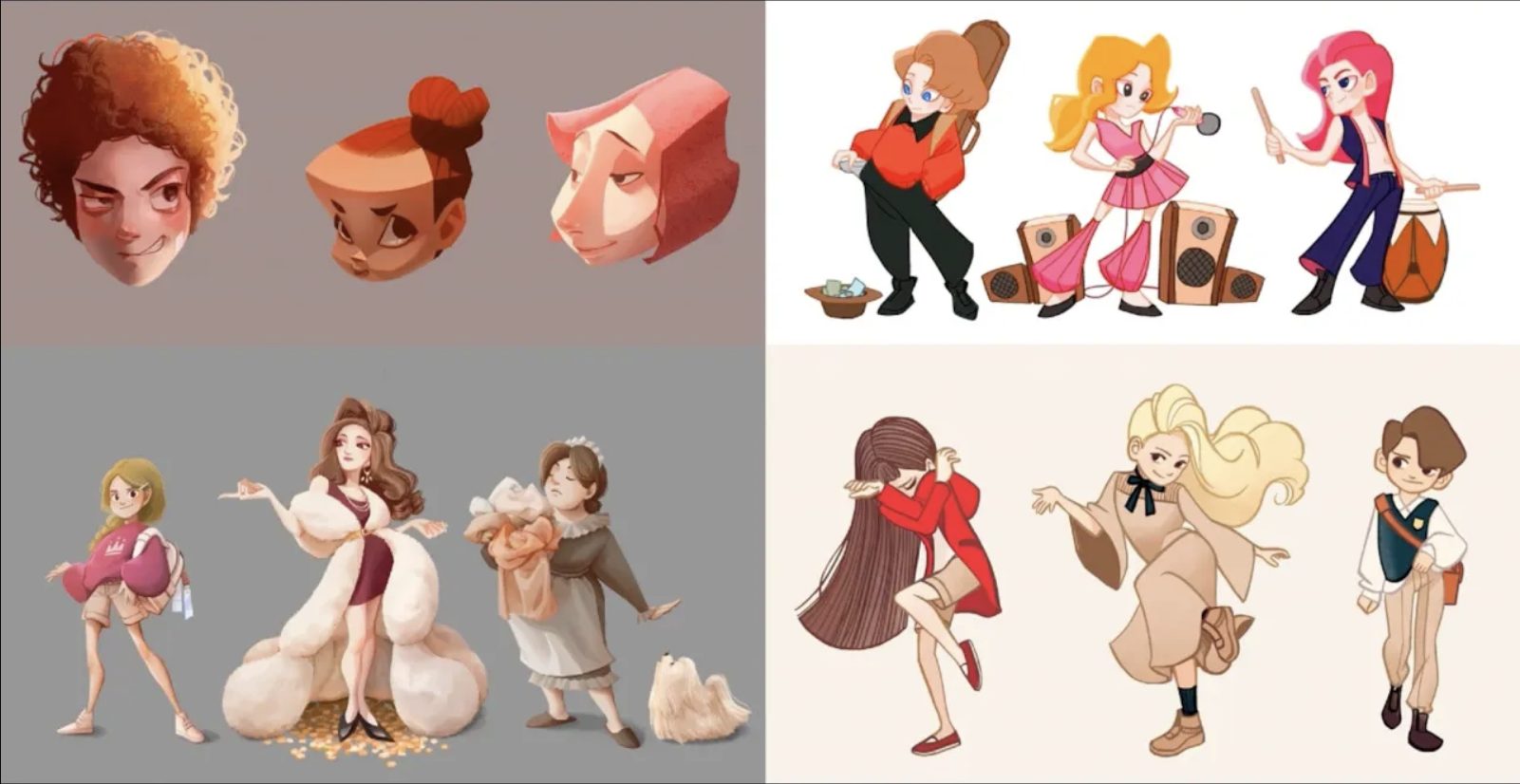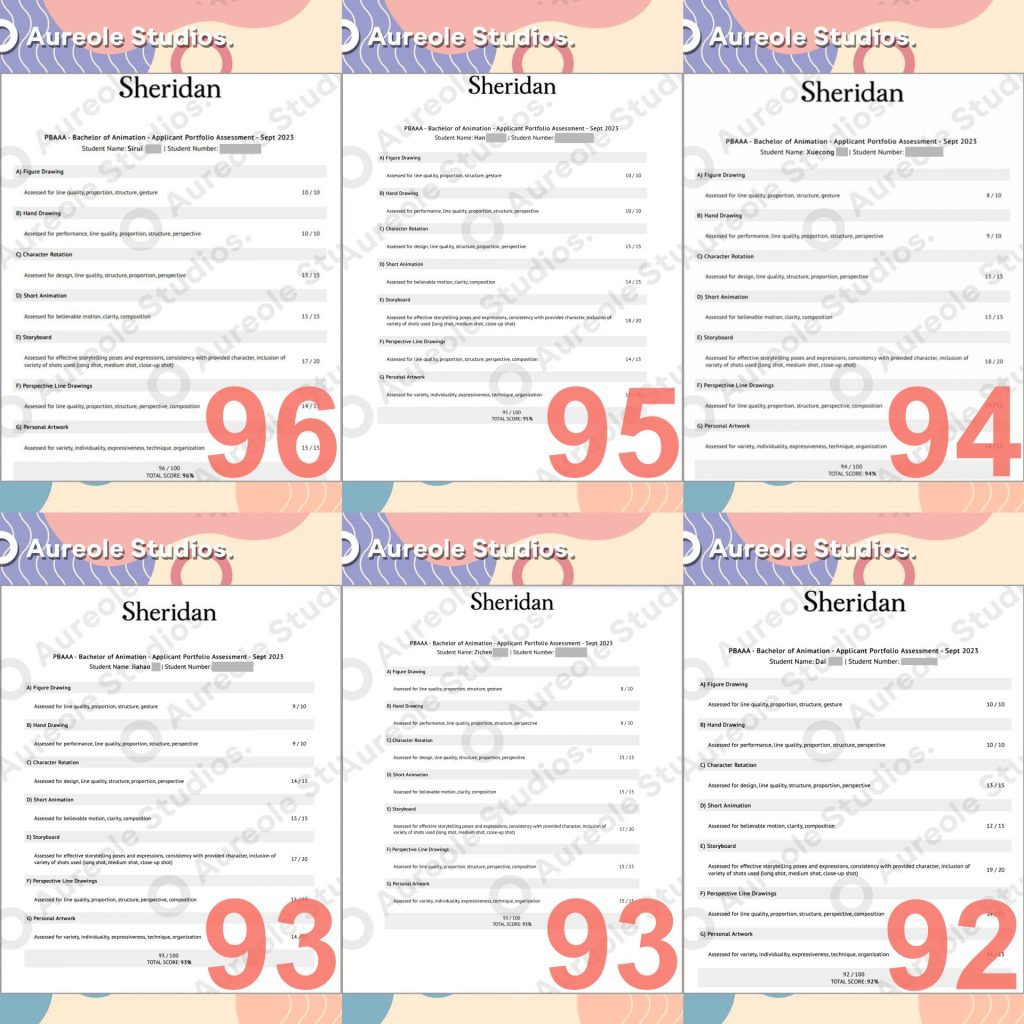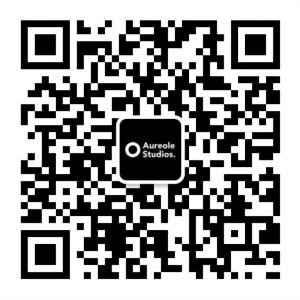Animation has become a major industry worldwide, and as such, there has been a surge in the number of schools offering animation courses. However, not all schools are created equal, and if you’re interested in pursuing a career in animation, it’s important to choose a school that will provide you with the best education possible. With that in mind, we’ve compiled a list of the top 10 schools in animation based on their reputation, curriculum, faculty, and career opportunities.
10. Carnegie Mellon University – Pittsburgh, Pennsylvania
Carnegie Mellon University (CMU) is a private research university located in Pittsburgh, Pennsylvania. The university is known for its strong programs in computer science, engineering, and the arts, including its highly regarded animation program.
CMU’s School of Computer Science offers an interdisciplinary program in Entertainment Technology, which includes a focus on animation. The program is designed to provide students with a strong foundation in computer graphics, animation, and game development, as well as broader skills in storytelling, design, and communication. Students in the program have access to state-of-the-art facilities, including dedicated animation studios and labs, as well as opportunities to work on real-world animation projects.
Portfolio Requirements: Carnegie Mellon University requires applicants to submit a portfolio showcasing their skills in animation. The portfolio should include examples of 2D, 3D, or stop-motion animation, as well as storyboards and other relevant artwork.
Tuition: Tuition for Carnegie Mellon’s animation program is approximately $58,924 per year.
Admissions Requirements: In addition to the portfolio, applicants must submit transcripts from previous academic institutions, a personal statement, and letters of recommendation. Standardized test scores, such as the SAT or ACT, are also required for undergraduate applicants. Additionally, applicants are encouraged to complete an interview with a member of the admissions team.
9. Vancouver Film School (VFS) – Vancouver, British Columbia
The school’s animation program focuses on 3D animation, visual effects, and game design, and students have access to cutting-edge technology and software. The faculty includes industry professionals with extensive experience in animation, and the school’s location in Vancouver, a major hub for the film and animation industries, provides students with a wealth of job opportunities.
Admissions Requirements: To apply to VFS’s animation program, applicants must meet the following requirements:
- Completed online application form
- Official high school and/or college transcripts (if applicable)
- Letter of recommendation from a teacher or employer (if applicable)
- Personal statement/essay
- Resume/CV (if applicable)
- English language proficiency test (if applicable)
- Application fee of CAD $150
Portfolio Requirements: VFS requires a portfolio for admission into its animation programs. The portfolio should showcase the applicant’s artistic skills and should include examples of their 2D and/or 3D animation work. The portfolio should also include life drawings, sketches, and any other relevant artwork that demonstrates the applicant’s creativity and technical abilities.
Tuition: For the academic year 2022-2023, the tuition for VFS’s animation program is CAD $32,200 for the 12-month program. This does not include the cost of living expenses, textbooks, or other expenses that may be required for the program. Financial aid and scholarships may be available to eligible students to help offset the cost of tuition.
8. Savannah College of Art and Design (SCAD) – Savannah, Georgia
Savannah College of Art and Design (SCAD) is a private, nonprofit university located in Savannah, Georgia, with additional campuses in Atlanta, Hong Kong, and Lacoste, France. SCAD is known for its comprehensive art and design programs, including its highly regarded animation program.
The animation program at SCAD is designed to prepare students for careers in the animation industry, with a focus on both 2D and 3D animation techniques. The program offers a range of courses in areas such as character animation, visual effects, storyboarding, and motion graphics, as well as hands-on experience with industry-standard software and hardware. Students also have access to state-of-the-art animation labs and equipment, as well as opportunities to work on real-world animation projects.
Portfolio Requirements: SCAD requires applicants to submit a portfolio showcasing their skills in animation. The portfolio should include examples of 2D, 3D, or stop-motion animation, as well as storyboards and other relevant artwork.
Tuition: Tuition for SCAD’s animation program is approximately $38,025 per year.
Admissions Requirements: In addition to the portfolio, applicants must submit transcripts from previous academic institutions, a personal statement, and letters of recommendation. Standardized test scores, such as the SAT or ACT, are also required for undergraduate applicants.
7. School of Visual Arts (SVA) – New York, New York
SVA’s animation program has a long history of producing top-notch animators. The program focuses on traditional 2D animation techniques as well as digital animation, motion graphics, and visual effects. The faculty includes industry professionals with extensive experience in animation, and the school’s location in the heart of New York City provides students with access to a wealth of internship and job opportunities.
Portfolio Requirements: SVA requires applicants to submit a portfolio showcasing their skills in animation. The portfolio should include examples of 2D, 3D, or stop-motion animation, as well as storyboards and other relevant artwork.
Tuition: Tuition for SVA’s animation program is approximately $51,600 per year.
Admissions Requirements: In addition to the portfolio, applicants must submit transcripts from previous academic institutions, a personal statement, and letters of recommendation. Standardized test scores, such as the SAT or ACT, are also required for undergraduate applicants.
6. University of Southern California (USC) – Los Angeles, California
The University of Southern California (USC) is a private research university located in Los Angeles, California. USC is known for its strong programs in a wide range of fields, including its highly regarded animation program.
USC’s animation program is housed within the School of Cinematic Arts, which is one of the top-ranked film schools in the world. The program is designed to provide students with a comprehensive education in all aspects of animation, including 2D and 3D animation techniques, character design, storyboarding, and visual effects. The program also emphasizes hands-on experience with industry-standard software and hardware, as well as opportunities to work on real-world animation projects.
Portfolio Requirements: USC requires applicants to submit a portfolio showcasing their skills in animation. The portfolio should include examples of 2D, 3D, or stop-motion animation, as well as storyboards and other relevant artwork.
Tuition: Tuition for USC’s animation program is approximately $60,275 per year.
Admissions Requirements: In addition to the portfolio, applicants must submit transcripts from previous academic institutions, a personal statement, and letters of recommendation. Standardized test scores, such as the SAT or ACT, are also required for undergraduate applicants.
5. Ringling College of Art and Design – Sarasota, Florida
Ringling College’s animation program is housed in the school’s Department of Computer Animation, which offers courses in 3D animation, visual effects, and game design. The program has a strong focus on technical skills, and students have access to state-of-the-art facilities and software. The school’s location in Sarasota, a hub for the arts and culture, provides students with opportunities to network and gain real-world experience.
Portfolio Requirements: Ringling College of Art and Design requires applicants to submit a portfolio showcasing their skills in animation. The portfolio should include examples of 2D, 3D, or stop-motion animation, as well as storyboards and other relevant artwork.
Tuition: Tuition for Ringling College’s animation program is approximately $49,940 per year.
Admissions Requirements: In addition to the portfolio, applicants must submit transcripts from previous academic institutions, a personal statement, and letters of recommendation. Standardized test scores, such as the SAT or ACT, are also required for undergraduate applicants.
4. Rhode Island School of Design (RISD) – Providence, Rhode Island
Portfolio Requirements: RISD requires applicants to submit a portfolio showcasing their skills in animation. The portfolio should include examples of 2D, 3D, or stop-motion animation, as well as storyboards and other relevant artwork.
Tuition: Tuition for RISD’s animation program is approximately $58,052 per year.
Admissions Requirements: In addition to the portfolio, applicants must submit transcripts from previous academic institutions, a personal statement, and letters of recommendation. Standardized test scores, such as the SAT or ACT, are also required for undergraduate applicants.
Portfolio Requirements: RISD requires applicants to submit a portfolio showcasing their skills in animation. The portfolio should include examples of 2D, 3D, or stop-motion animation, as well as storyboards and other relevant artwork.
Tuition: Tuition for RISD’s animation program is approximately $58,052 per year.
Admissions Requirements: In addition to the portfolio, applicants must submit transcripts from previous academic institutions, a personal statement, and letters of recommendation. Standardized test scores, such as the SAT or ACT, are also required for undergraduate applicants.
3. Gobelins – Paris, France
Gobelins is a prestigious animation school located in Paris, France. The school’s animation program focuses on 2D animation techniques, including hand-drawn animation and digital animation. The program emphasizes storytelling and visual language, and students have the opportunity to work on a wide range of projects, including short films, TV shows, and commercials.
Portfolio Requirements: Gobelins requires applicants to submit a portfolio showcasing their skills in animation. The portfolio should include examples of 2D, 3D, or stop-motion animation, as well as storyboards and other relevant artwork.
Tuition: Gobelins is a public institution, and tuition is free for EU citizens. Non-EU citizens are required to pay tuition fees of approximately €12,000 per year.
Admissions Requirements: In addition to the portfolio, applicants must submit transcripts from previous academic institutions and a personal statement. English proficiency is also required for non-native speakers.
2. Sheridan College – Oakville, Ontario
Sheridan College is a renowned animation school located in Canada. The school’s animation program is highly regarded for its focus on 2D animation techniques, including hand-drawn and digital animation. The program also offers courses in 3D animation, visual effects, and game design. Sheridan’s animation alumni have gone on to work at major animation studios such as Disney, Pixar, and DreamWorks.
Portfolio Requirements: Sheridan College requires applicants to submit a portfolio showcasing their skills in animation. The portfolio should include examples of 2D, 3D, or stop-motion animation, as well as storyboards and other relevant artwork.
Tuition: Tuition for Sheridan College’s animation program is approximately CAD 16,932 per year for domestic students and CAD 29,236 per year for international students.
Admissions Requirements: In addition to the portfolio, applicants must submit transcripts from previous academic institutions and a personal statement. English proficiency is also required for non-native speakers.
1. California Institute of the Arts (CalArts) – Valencia, California
CalArts is widely regarded as one of the best animation schools in the world. The animation program at CalArts is housed in the School of Film/Video and offers students the opportunity to study a wide range of animation techniques, including 2D, 3D, stop-motion, and experimental animation. The school boasts an impressive list of alumni who have gone on to work at major animation studios such as Pixar, Disney, and DreamWorks.
Portfolio Requirements: CalArts requires applicants to submit a portfolio showcasing their skills in animation. The portfolio should include examples of 2D, 3D, or stop-motion animation, as well as storyboards and other relevant artwork.
Tuition: Tuition for CalArts’ animation program is approximately $53,850 per year.
Admissions Requirements: In addition to the portfolio, applicants must submit transcripts from previous academic institutions, a personal statement, and letters of recommendation. Standardized test scores, such as the SAT or ACT, are also required for undergraduate applicants.















